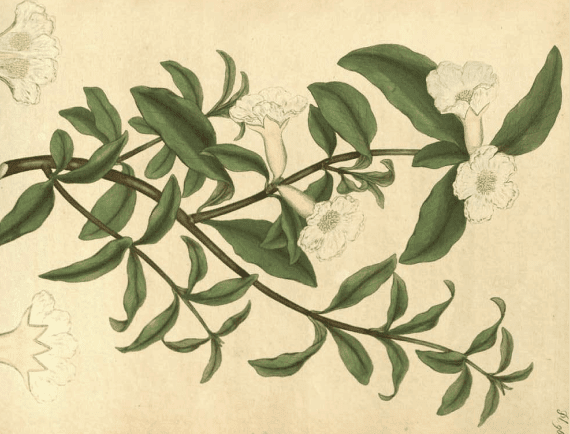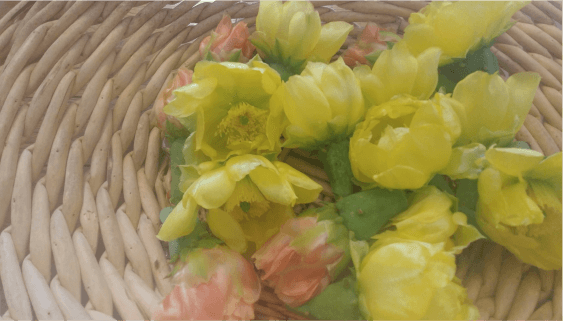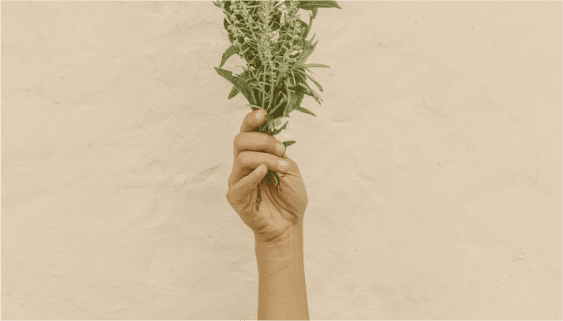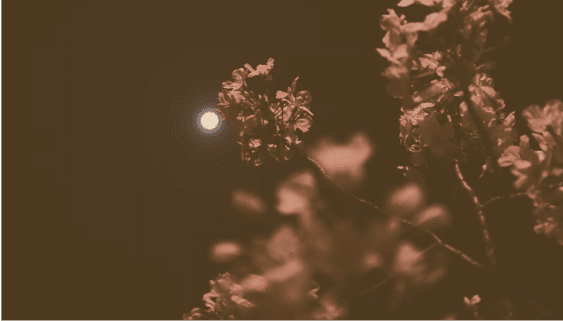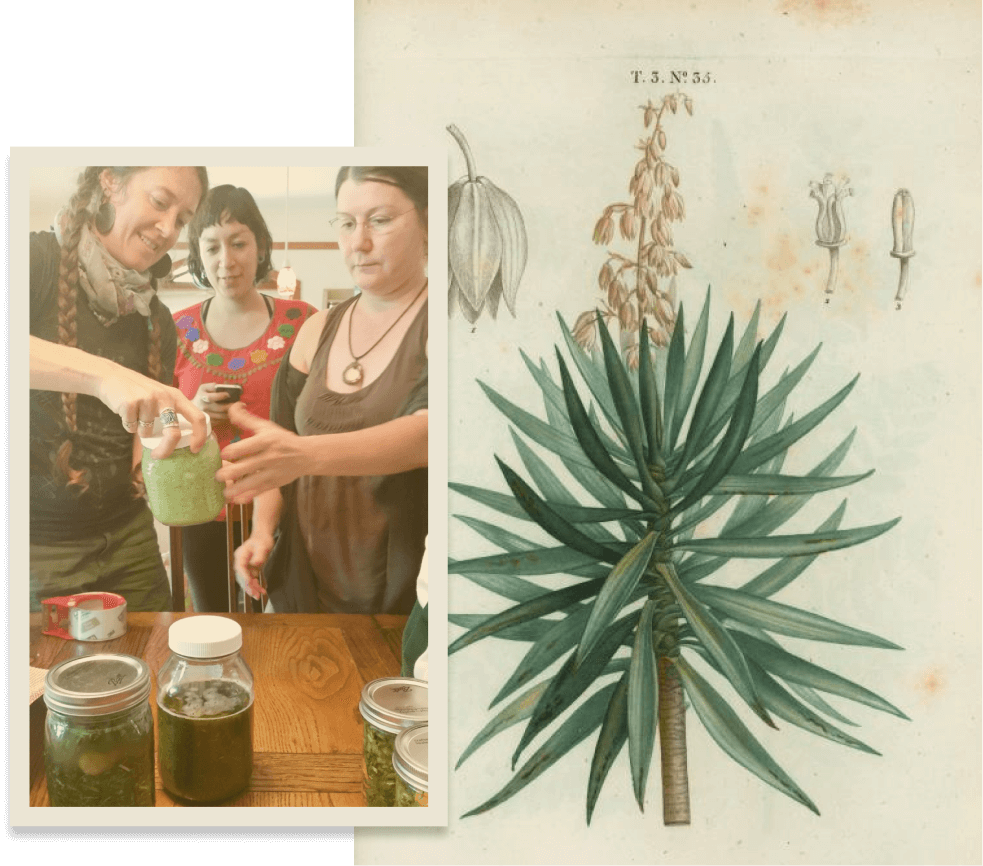PLANT MONOGRAPH ON PULSATILLA SPP.
Olivia Pepper
Wildflower School of Botanical Medicine
Pulsatilla spp.
(Wild Anemone, Pasque [Passover] Flower, Wind Flower, Easter Flower)
Energetics: a cold, dry plant with an affinity for the heart (physically, spiritually & emotionally)
Notable indications: anxiety, asthma, breech reversal (in homeopathic preparation), cardiac arrhythmia, delayed menstruation, epididymitis, gout, headache, insomnia, panic attack, paranoia, premenstrual syndrome, rheumatism, stomach pain, whooping cough
Historical use: as reported by numerous ethnobotanists (including John Hellson, Harlan Smith, and Nancy Turner) Pulsatilla was used extensively by many First Nations tribes for headaches, rheumatism and childbirth complaints – many varieties were burned and smoke was inhaled to control tension headache/migraine, Howie Brounstein reports that it was commonly used as a poultice for rheumatism among many plains tribes; according to Paul Bergner in his article “Specific Medicine for Pain with Toxic Botanicals,” it was prescribed by the Eclectics for very specific symptomatic conditions, usually in a concentration of thirty drops of tincture in four ounces of water, thereafter prescribed “by the teaspoon.”
Homeopathy: Pulsatilla is a remedy associated with “blonde-haired, pale-eyed, mild and tearful females,” and Robert Davidson and Su Palmer-Jones, in their folkloric character remedies, mention that Pulsatilla would be the remedy for Hamlet’s Ophelia because Ophelia is “docile, obedient, trying to please her father, her brother, and Hamlet. Pulsatilla is the Latin name for the windflower and in her final scene Ophelia seems to personify the delicate white windflower with its drooping head, while her changeable mood – singing melancholy songs one minute, telling bawdy jokes the next, handing out flowers while making snide comments, her behaviour fluctuating from moment to moment – is very characteristic of this remedy.” Susun Weed emphasizes using a dose of 30C homeopathic Pulsatilla to turn a breech baby, and says it is “universally prescribed,” one dose every two hours for up to six hours.
Flower Essence: Martin Bulgerin says that Pulsatilla flower essence is for “breaking through deep, entrenched issues” and that the spirit of the plant finds what needs the most assistance in the etheric body. Naisha Ahsian says that the flower essence works for traumatized animals that have difficulty with or fear of touch.
Properties: alterative, analgesic, antimicrobial, antispasmodic, astringent, counterirritant, diaphoretic, diuretic, emmenogogue, nervine, relaxant, sedative, uterine tonic – I would also argue that while this nomenclature is unpopular among herbalists, Pulsatilla might be one of the only plants that I have encountered that I would consider to have an “antipsychotic” effect.
My herbalist heroes who really dig on Pulsatilla: 7Song, Kiva Rose
***
The genus Pulsatilla contains 33 species of herbaceous perennials native to this continent’s meadows and prairielands (they also find themselves comfortably at home in Europe and Asia). 33 is one of my luckiest numbers, and, indeed, me and the fickle windflower are mighty connected through some synchronicities that go eerily deep. Let me tell you something about Pulsatilla: it is a taskmaster.
As requested for the purposes of this monograph, I prepared my Pulsatilla tincture in February (if memory serves) and began experimenting with it in drop dosage (the “if memory serves” caveat becomes important later). Being of a melancholic temperament myself, often woeful if not downright devastated by the world, I was curious about how it would affect my pervasive depression, ennui, and sense of personal inadequacy. It worked better than opium. Which is saying something.
Sophia Rose of La Abeja Herbs, a recent graduate of Paul Bergner’s clinical program, stated in her interview with me:
“Went with Sheri and Amber and sat with the Pasque flowers on the hillside. We talked about Pulsatilla as a heart remedy. It has been one of my favorite nervines since I met it last fall. It always helps me to feel more settled within myself. To feel womanly and unafraid and like I am enough. When we were at the Mesa trail, we all went off on our own to sit with the flowers. I decided to eat a petal but when I bit into the flower, the entire blossom came off in my mouth. I ate it petal by petal but left the stamens and styles. I felt profoundly relaxed and at peace. I felt like I could have happily sat in the same spot for the rest of the afternoon and let the rest of the world melt away. It was almost narcotic, however I had no problem with the steep hike back down the trail when the time came.”
I am being a stickler here, perhaps, but I will point out -as a botany nerd- that my beloved Sophia Rose means sepals, as this plant has a flower that presents itself with showy sepals, not petals.
However, point being, the powerfully toxic plant (containing a mouth-walloping dose of protoanemonine, which is acrid and tongue-burning) produces quite a soporific effect for many. Such a soporific effect, in fact, that the other herbalist I intended to interview, Heron Brae of Wild Rose Botanical Studies, took some tincture and completely forgot to answer my interview questions – perhaps it is due to the highly intoxicating sense of “I just don’t give a fuck about what’s not that important” that Pulsatilla so generously delivers to its recipients.
The tincture I prepared certainly did help me let go of everything – so much so, in fact, that I literally let go of the remedy. With so much going on in my life, I found that I quickly became rather infatuated with the cloudy calm it provided and one night dropped my bottle the way a fatigued fighter may have at one time shattered a lovely dragon pipe in an opium den of old San Francisco. Simply slipped out of my hand as I lazed in imaginary clouds of purple silk, neck relaxed, body entranced in a cocoon of calm, and the remaining ounce or so of fresh plant tincture that I had prepared slipped away between my worn floorboards.
I never did make a topical preparation, as the flowers faded so fast from the fields that I did not want to overly disturb them. I did observe, however, sitting in pensive silence, the way they got their common name: windblown and tousled, changing from moment to moment, indeed an alterative by nature. They bloom in the spring, hence their Passover, spring, and Easter associations. I have some intuitive sense (backed up by euphemistic reports from the ethnobotanists) that Pulsatilla may have an abortifacient history that would align itself with the so-called “spring fever.”
***
Worth mentioning: damn is this plant toxic. Just harvesting it can cause blisters on your skin due to protoanemonine content. A simpler’s preparation leading to accidental overdose can kill you (or at least cause convulsions, diarrhea, coma, and colic). Eating thirty of the flowers (though I don’t know how anyone’s tongue could take that) can kill you. It should not be taken during early or middle stages of pregnancy or while lactating. It should not be taken without the supervision of a very practiced herbalist. It should not be set loose in the world as a recreational opiate or a sedative that helps take the edge off hallucinogens. If you are on hallucinogens and you want to take said edge off, let someone else control your dosage.
Like I said at the beginning, Pulsatilla is a taskmaster, and it wants to be used wisely, carefully, and well. I think our relationship will continue, because I know Pulsatilla wants what’s best for me and I think if I am patient and receptive, it can really help me and others of a similar overwhelmed depressive personality type. I just have to put my ear to the wind and listen.
